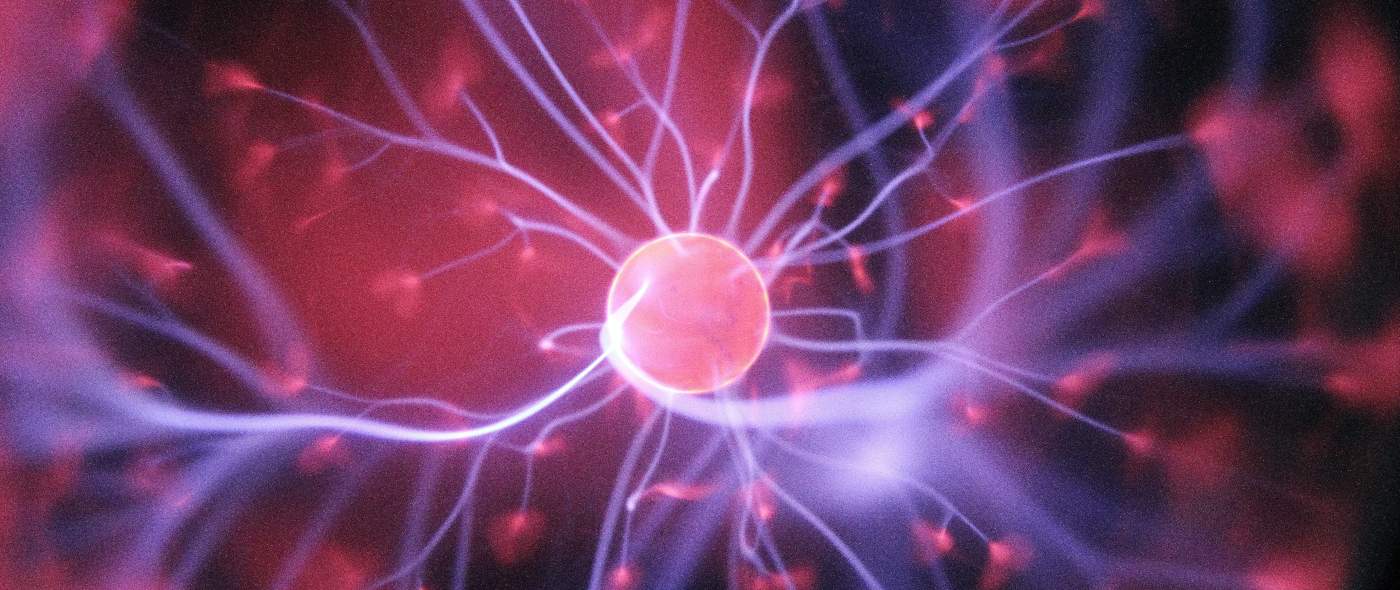Memory loss has been reversed in mice by injecting them with a brain liquid from younger peers in a “groundbreaking” new treatment..
The substance, called cerebrospinal fluid (CSF), washes in and out of grey and white matter in waves—helping clear out waste.
It bathes the tissue with proteins, or growth factors, that are vital for normal development.
Amounts reduce as we get older—increasing the risk of Alzheimer’s and other neurological conditions.
The therapy opens the door to new treatments, and slowing cognitive decline, say scientists.
Using a tiny tube and pump, CSF from young adult mice was infused into the brains of 18-month-old animals—equivalent to about 60 in human years—over seven days.
Scans showed it boosted production of myelin, a fatty sheath that protects neurons from damage.
CHECK OUT: Researchers Find New Strategy for Preventing Clogged Arteries
Afterwards, the elderly mice got better at a ‘fear-conditioning task’. They remembered a tone and flashing light meant they were about to receive a small electric shock.
New hope
“Brain aging underlies dementia and neurodegenerative diseases, imposing an immense societal burden,” corresponding author Professor Tony Wyss-Coray, of Stanford University in California, said. “Memory improvements that are seen in old mice receiving CSF from younger animals may be attributed to growth factors that are shown to restore neural cell function.
“The findings demonstrate the potential rejuvenating properties of young CSF for the aging brain.”
A computer tool called RNA sequencing showed the therapy altered gene expression in the hippocampus—which controls memory.
RELATED: Scientists Rewind the Age of Skin Cells by 30 Years – And Others Nearby Become More Youthful Too
It stimulated cells in the central nervous system known as oligodendrocytes. They make myelin, ensuring strong signals between neurons.
The study in the journal Nature found genes that are typically expressed in oligodendrocytes were highly up-regulated in old mice treated with CSF from young mice.
In particular, it identified a gene named Fgf17 as being key. Activity decreases in aged mice.
Boosting it achieved the same benefits as young CSF±offering hope of developing a drug that targets it.
“As the brain ages, cognitive decline increases along with the risk of dementia and neurodegenerative disease,” Prof. Wyss-Coray said. “An understanding of how systemic factors affect the brain throughout life has shed light on potential treatments to slow brain aging.
“The CSF is part of the immediate environment of the brain, providing brain cells with nutrients, signalling molecules and growth factors.”
Age-related cognitive decline affects up to a quarter of over 60s. A healthy diet and regular exercise protect against it—but there are no pharmacological treatments.
Groundbreaking treatment
These findings demonstrate the rejuvenating power of young CSF and identify Fgf17 as a key target to restore oligodendrocyte function in the aging brain,” Prof Wyss-Coray said. “Combined, our results suggest that targeting hippocampal myelination through factors present in young CSF might be a therapeutic strategy to prevent or rescue cognitive decline associated with ageing and neurodegenerative diseases.”
Dr Miriam Zawadzki and Prof Maria Lehtinen, of Boston Children’s Hospital in Massachusetts, who were not involved in the study, described it as “groundbreaking.”
“Not only does the study imply FGF17 has potential as a therapeutic
target, but it also suggests routes of drug administration that allow therapeutics to
directly access the CSF could be beneficial in treating dementia,” they said. “Any such treatments will be hugely helpful in supporting our aging population.”
DON’T LET This Breakthrough Research Get Old; Share It…




















